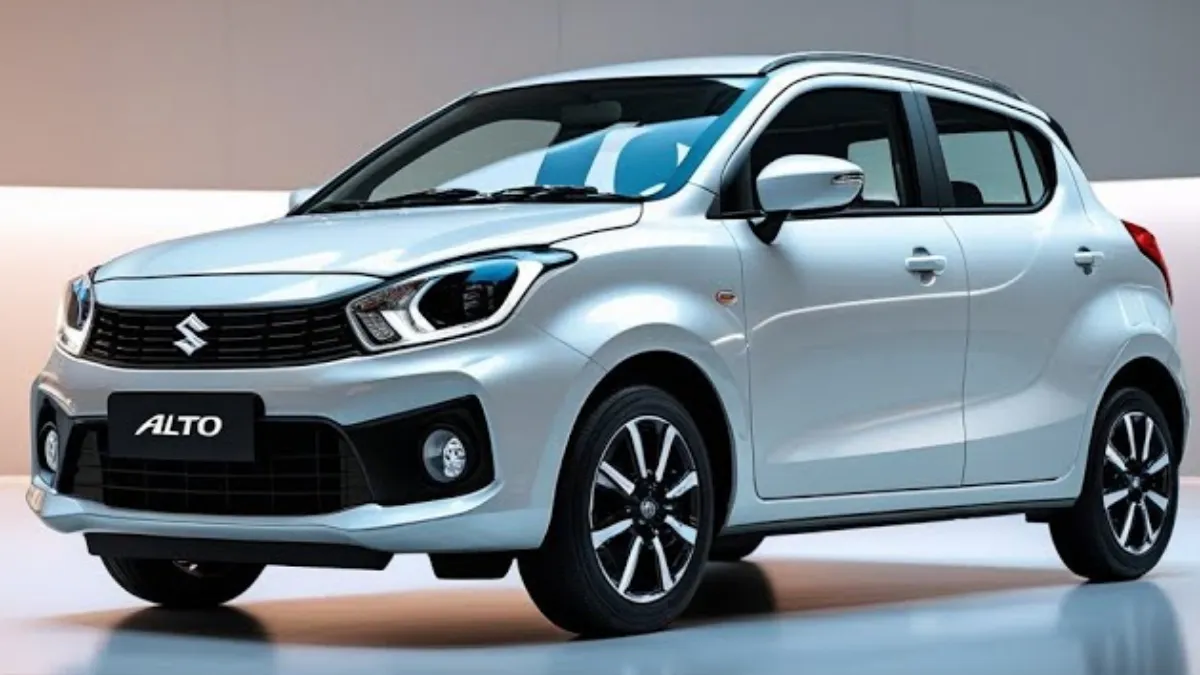Price Alto 800 New Model : India’s favorite budget-friendly car, the Maruti Suzuki Alto 800, is back in the market with a brand-new model that combines affordability, practicality, and style. Priced at just ₹3.5 lakh (ex-showroom), the new Alto 800 offers everything a middle-class Indian family could wish for – from a reliable engine and stylish design to an easy EMI of just ₹6,500 per month.
Let’s take a closer look at why the new Alto 800 is being called the “Dream Car for Indian Families”.

Affordable Price That Fits Every Budget
The biggest highlight of the new Alto 800 is its extremely competitive price tag. With rising vehicle prices across all segments, Maruti Suzuki has managed to keep the Alto within reach of the average Indian buyer. At ₹3.5 lakh, it remains one of the most affordable hatchbacks in India, making it perfect for first-time buyers, students, and small families.
Even better, the car is now available with easy EMI options starting at just ₹6,500/month, making it possible to own a car without burdening your pocket. This EMI offer is available through Maruti’s financial partners and includes flexible tenure and downpayment options.
Stylish New Look
Gone are the days when budget cars looked plain and outdated. The new Alto 800 model comes with a modern, refreshed design that includes:
- Sleek front grille
- Stylish headlamps
- Compact yet bold body structure
- Attractive dual-tone interiors
Its compact size makes it perfect for Indian roads, especially in crowded cities and narrow lanes, while the new styling gives it a youthful and premium appearance.
Fuel-Efficient & Reliable Engine
Under the hood, the Alto 800 is powered by a 796cc petrol engine, which offers a balance of performance and fuel efficiency. The car delivers an impressive mileage of 22–24 km/l, making it extremely economical for daily commuting.
Whether it’s going to the market, office, school drop-offs, or weekend getaways, the Alto 800’s peppy engine ensures a smooth and dependable ride.
Comfortable Interiors & Smart Features
While the Alto 800 is a budget-friendly car, Maruti hasn’t compromised on comfort. The new model features:
- Comfortable seating for 4–5 passengers
- Air conditioning with powerful cooling
- Power steering
- Front power windows
- Touchscreen infotainment system in higher variants
- USB and Bluetooth connectivity
The dashboard has been redesigned with a more ergonomic layout, and the dual-tone interior theme gives it a premium feel for the price.
Safety First
Safety remains a key concern for Indian buyers, and the new Alto 800 meets the required safety norms. It comes equipped with:
- Dual front airbags
- ABS with EBD
- Rear parking sensors
- Seat belt reminders
- High-speed alert system
Maruti Suzuki has made sure that the Alto remains a safe and secure ride for families and solo travelers alike.
Low Maintenance & Trusted Brand
One of the biggest advantages of buying an Alto is the low cost of maintenance. Spare parts are affordable and widely available, and Maruti’s vast service network across India ensures that you’ll find service centers even in small towns.
Add to this Maruti’s reputation for reliability and resale value, and the Alto 800 becomes a smart long-term investment.
Final Thoughts
The new Maruti Alto 800 is everything an Indian family looks for in a car – affordable, fuel-efficient, stylish, safe, and easy to maintain. With a starting price of ₹3.5 lakh and EMI options as low as ₹6,500 per month, it truly is the “Dream Car for Indian Families.”
Also Read….
